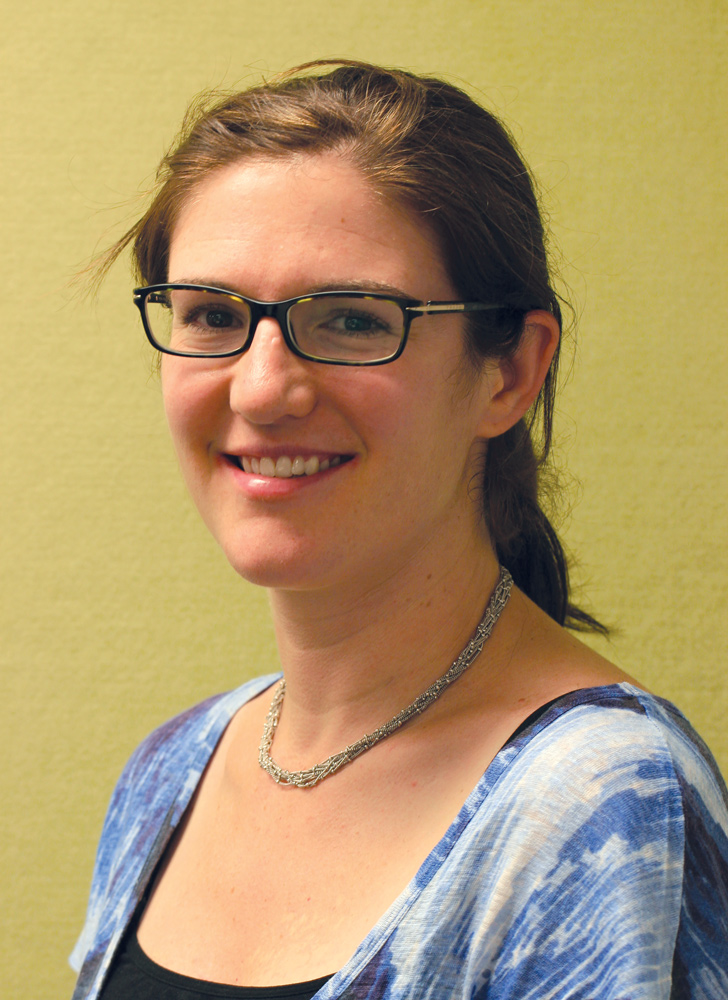 Publications on the rising rates of burnout, popular press features, and recent coverage by high profile individuals and platforms add daily to a developing professional and public awareness of doctors’ mental health.
Publications on the rising rates of burnout, popular press features, and recent coverage by high profile individuals and platforms add daily to a developing professional and public awareness of doctors’ mental health.

Concurrently, doctors’ health resources are proliferating. State-based and national telephone support, crisis services and extensive e-mental health offerings complement physical spaces and resources provided by wellbeing networks within health services, medical schools and specialty colleges.
So why do so many junior doctors remain in difficulty despite abundant resources?
The pandemic, related workforce issues, chronic underfunding of health service delivery and competitiveness of specialty training are a few current systemic issues beyond the remit of the individual doctor.
Cultural and interpersonal factors within a department may be well established when a junior doctor enters that environment. Individual personality factors conferring vulnerability to burnout may be amplified during medical school and postgraduate training. Working in a reactive environment under a burden of chronic stress with limited autonomy generates physiological arousal that, over time, reduces the ability to manage a high cognitive load. Maladaptive coping mechanisms in response to chronic arousal may further reduce cognitive capabilities. Concerns about privacy, fears of mandatory reporting and invalidating effects of stigma, may discourage doctors seeding help.
Taken together, there appear to be few determinants of doctors’ mental health within an individual’s control. Identifying and accessing preferred care options are within their control, and those supervising junior doctors and students can facilitate help-seeking.
When supervisors know the components of primary care management of doctors in distress, they can normalise help-seeking, instil hope that distress can be alleviated, and emphasise the importance of not being deterred by initial barriers.
An early port of call for a doctor in distress should be their GP. Accessing GP care is not straightforward for a doctor working standard hours and is made more difficult with unpredictable on-call and overtime demands.
A GP who is otherwise very well suited to managing stress, or who has a longstanding existing relationship, may only work office hours, or be geographically distant from the doctor’s workplace. If psychological or psychiatric support is indicated, waitlists for the right practitioner can be months, and changing placements or rotation can disrupt a sequence of regular appointments. And co-payments can be prohibitive for some junior doctors or students.
These logistical barriers can deter a junior doctor otherwise motivated to seek assistance.
Barriers not insurmountable
Many GPs and psychologists offer evening and Saturday appointments. DHASWA provides lists of GPs and psychologists happy to see doctor (and medical student) patients, even if their books are closed. Telehealth consultations can remove the need to be co-located (particularly helpful in rural rotations).
Where indicated, a GP with established networks can generally refer to psychologists or psychiatrists with capacity for new patients. Waiting time can be used productively, especially if stabilisation and recovery are conceptualised as slow processes of incremental improvements (versus the short-term solution of leaving medicine or taking a prolonged leave of absence).
Not all doctors in distress require specialist mental health care; many can be supported in primary care with advocacy to approach their supervisor to broach workplace and workload factors, and to approach their employer to seek leave, and to use this leave for restorative activities rather than administrative tasks.
Activities that can be initiated in collaboration with a GP, and in some cases a mentor, include:
- establishing or maintaining adequate quality sleep
- determining severity of symptoms, goals of treatment and markers of recovery; standardised burnout inventories can encourage awareness of physical and mental features of burnout and aid development of insight into contributing factors
- reflecting on mindset and identity factors that predispose to doctor distress and burnout via curated reading (the Perth-based psychology group, The Skill Collective, has an excellent book, Planet Burnout, and Professor Gordon Parker’s Burnout: A guide to identifying burnout and pathways to recover is also worth reading.
- selecting and commencing, or prioritising exercise
- monitoring and moderating alcohol intake
- diagnosing co-existing mental health conditions
- trialling pharmacotherapy for depressive or anxiety disorders, if warranted
- incorporating small-scale adjustments into daily activities.
Small-scale adjustments contribute cumulatively to lowered arousal and an increased ability to access cognitive capacity and positive emotions in the workplace. Adjustments might be individual, with examples being brief activities such as paced breathing, focusing on natural objects, stretching, and potentially cued to repetitive workplace activities such as waiting for a lift or entering a new ward.
Other adjustments relate to interaction with peers and colleagues. Examples include the practice of kindness (there are several Australian clinician interest groups), a focus on the meaningful aspects of work, and accessing a peer network, seeking out peers who can facilitate co-regulation.
Many experienced and compassionate supervisors and education leads in WA model these behaviours, systemically facilitate their uptake by junior doctors, and proactively identify and support junior doctors in distress. Despite the inherent challenges in the clinical environment, doctors in distress can be guided through their difficulties to undergo personal growth, and progress to be future supervisors, supporting the next generation of junior doctors.
Key messages
- Junior doctors face pressure from many directions
- Barriers to treatment are not insurmountable
- Small scale adjustments can assist considerably.
– References available on request.
Author competing interests – nil
DHASWA is an independent, not for profit association supporting health and wellbeing of WA doctors and medical students.
Urgent health or wellbeing advice is available 24/7 by calling the Advice Line 08 9321 3098, staffed by GPs experienced in doctors’ health who will be in contact within four hours. Calls can be anonymous, are confidential and exempt from mandatory reporting. Follow us on socials.

